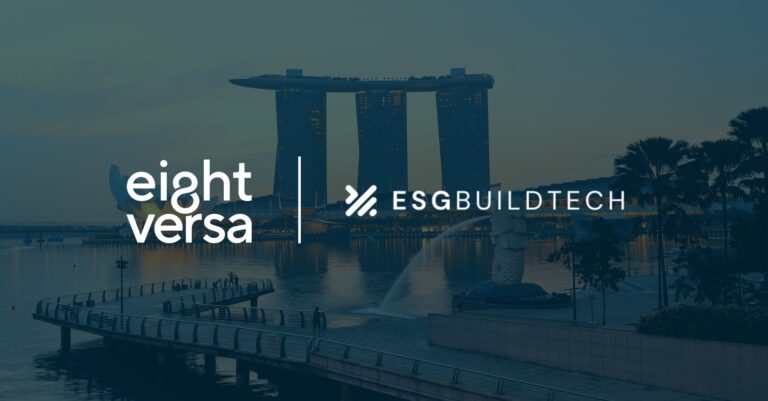Don’t Try to Boil the Ocean
For many small and medium-sized businesses, considering their overall sustainability can seem like an unattainable and even unaffordable task. And it’s understandable considering these types of businesses are often squeezed for resources, time and budget. So, when it comes to sustainability, it’s best to focus on doing one or a few things well, rather than trying to boil the ocean. Choose an area of focus that your business can make the most impact on; turn that area into a strength first – then you can consider widening your green efforts.
Where to Start?
Where sustainability budgets are limited, a good place to start is measuring your carbon footprint. A carbon footprint measurement seeks to quantify the environmental impact of your operations and value chain using distinct emissions categories, as defined in the Greenhouse Gas Protocol, the most widely used carbon accounting standard.
Focusing on a carbon footprint and discovering how to reduce your organisation’s emissions has a compounding effect that can set the foundation of a good SME sustainability strategy. The benefits reach far beyond just carbon, and you’ll find it’s the most impactful way to spend the budget that you have. However, it is important to get the foundations of a robust carbon footprint in place from the beginning otherwise you could end up spending more in the future as the inadequacies of initial calculations are uncovered.
The Most Common Pitfall
When you are trying to make the most of your budget, it’s often tempting to look for a cheap carbon calculator or sustainability consultancies that promise the world but underdeliver. Many organisations fall into this trap and are left bemused when trying to assess and reduce their footprint based on wrong or incomplete data. The issue then, is that the budget has been spent, the time has been lost and you don’t have much to show at the end of it. This happens all too often, for organisations of all sizes.
Incomplete data is one of the key barriers to progress for organisations. A carbon footprint using such data is often based around collecting the bare minimum using only financial data, resulting in measurements that are more conjecture than reality. If you are basing internal strategies, reduction plans and net zero targets solely on carbon footprint measurements that have adopted these assumptions, you will soon realise the limitations of these approaches and encounter difficulties further down the line. From making incorrect decisions on where to focus reduction efforts to not meeting any recognisable reporting frameworks, you can avoid these pitfalls by establishing a strong foundation from the beginning.
Start Strong
Aligning your carbon footprint measurements and reduction targets to the highest standards does not need to come at a high cost. However, navigating around the various frameworks that exist can be confusing and time consuming. In addition, the fear of aligning with the wrong methodology is a real concern for SMEs. Frameworks such as the Science Based Targeting initiative (SBTi) has seen a surge in commitments over recent years and it’s an important standard that has helped businesses align with the 1.5°C Paris Agreement. Yet as popular as this framework might be, it can be difficult to get your head around when your personnel and financial resources are limited (and it’s unlikely, if you’re a small business, that you have a dedicated Head of Sustainability). It’s important therefore to first focus on establishing a strong starting point with a credibly measured carbon footprint and then think about how your reduction efforts will align to the highest standards.
Embedding Real World Value
There’s no denying that making genuine sustainability changes to the business is going to take some investment. When reviewing how to reduce your emissions for Scopes 1 & 2, it may be that you’ll need to make operational adjustments that will require some up-front costs. However, changing energy supplier, adopting different modes of transport or reducing waste are all ways that your sustainability strategy can create greater efficiencies and lower costs to the business further down the line. When thinking about your budget beyond year one and how your sustainability strategy can be embedded into the overarching business strategy, there are financial rewards to be reaped. Integrating your sustainability efforts this way also gives you the opportunity to purposefully engage your stakeholders with each impactful improvement, which in turn can help build the business case for more budget each year. Finally, it’s also worth considering the revenue potential from big businesses who are seeking out SMEs in their supply chain who can demonstrate credible carbon footprint accreditation and showcase that added value.
Planning for the Future
Having a limited sustainability budget doesn’t mean you need to limit your ambition. By having a laser like focus on your carbon footprint in the initial stages of your sustainability journey, you’ll be able to put the budget you do have to good use. Doing this properly places you in a much more confident position as you can reliably issue your sustainability strategy and carbon reduction targets without hesitation. Then moving forward, you can develop a transformational strategy that can positively change how your entire business operates (and influence how your suppliers and customers, responsible for your scope 3 emissions, act) – all of which originally stemmed from a limited budget.
It’s fine to start small, and think big. The business world has an essential role to play in combatting climate issues and leading by example on sustainability. SMEs can show how starting small, with a big ambition, can make a significant impact.





